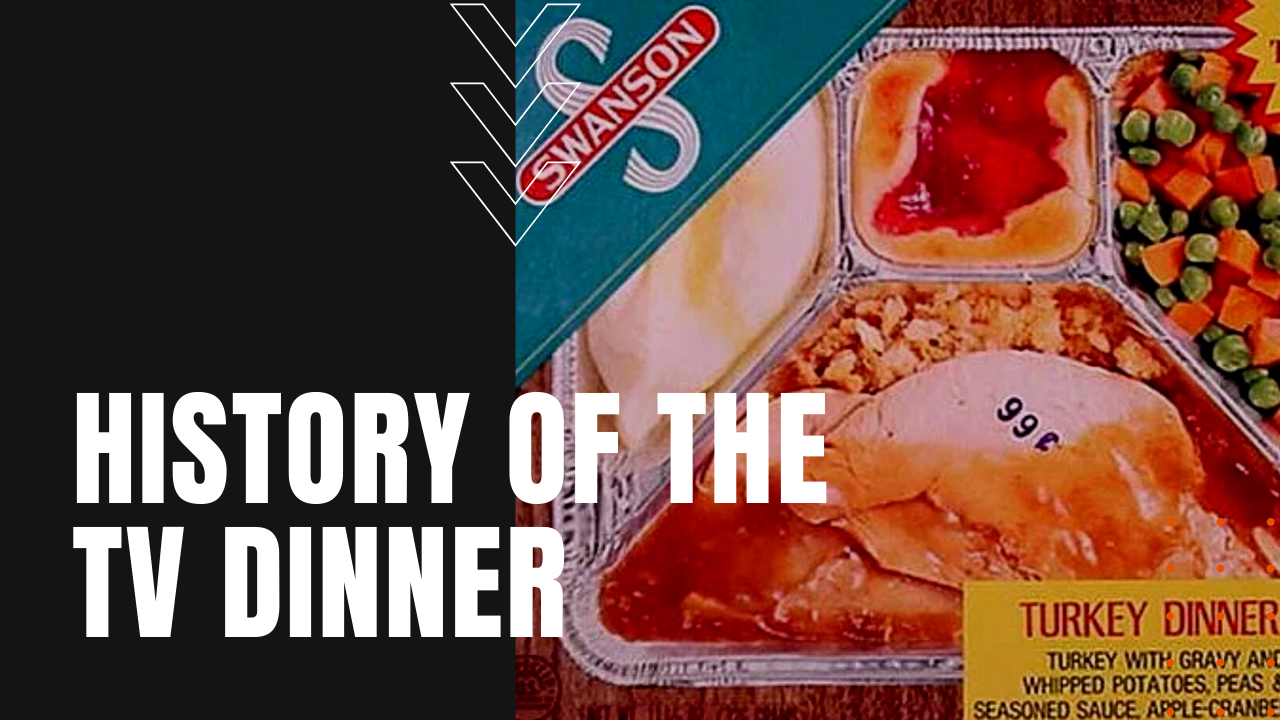TV Dinner History

After the Thanksgiving holiday of 1953, Swanson Foods found themselves flat-footed with 260 tons of unsold frozen turkeys sitting in ten refrigerated railroad cars. Since the rail cars had to be in motion for the refrigeration systems to work, panicked executives at Swanson kept the cars in motion, from their Nebraska headquarters to the East Coast and back, until Swanson salesman, Gerry Thomas, convinced company execs to create frozen meals on an aluminum tray.
What Entree was in the First TV Dinner?
The frozen turkey dinner was the first entree of Swanson’s TV dinner. The concept proved to be a triumphant success, and after the first year of TV dinner sales, Swanson had sold over ten million trays. In 1950, fewer than 9 percent of U.S. households had television sets, but by 1955 that number had soared to 64 percent, followed by 87 percent of households by 1960. Swanson took full advantage of the trend, creating TV ads that depicted elegant, modern women serving TV dinners to the enjoyment and delight of their adoring families.
Competitors soon joined the fray, and by the 1970s, competition among the frozen food giants spurred some menu innovations, including such questionable options as Swanson’s take on a “Polynesian Style Dinner,” prompting one New York Times food critic to observe that TV dinner consumers had “no taste.”
The next big breakthrough for the TV dinner came in 1986, with Campbell Soup Company’s invention of microwavable trays, which cut meal prep time to mere minutes, prompting one newspaper columnist to lament: “Progress is wonderful, but I will still miss those steaming, crinkly aluminum TV trays.”
